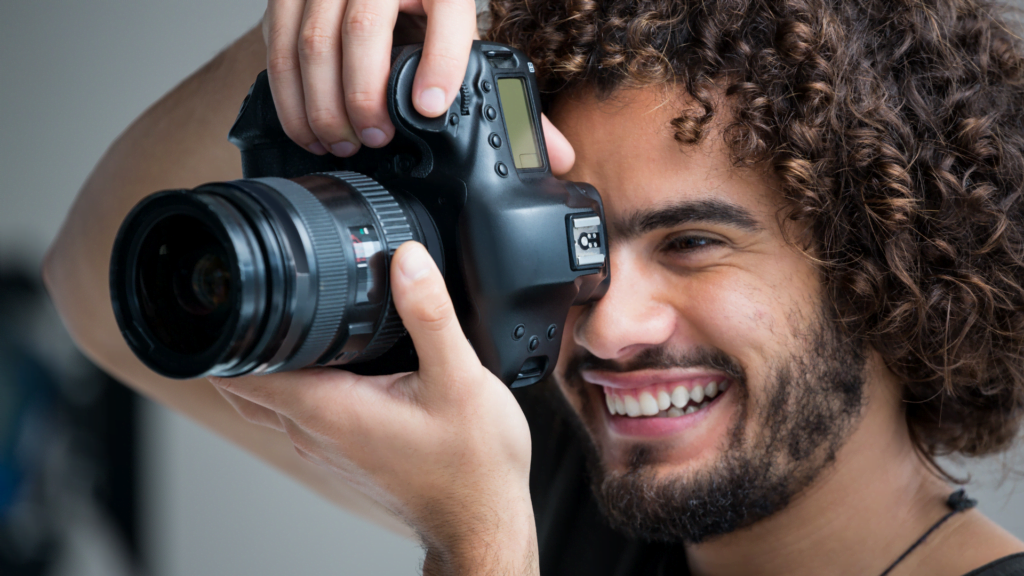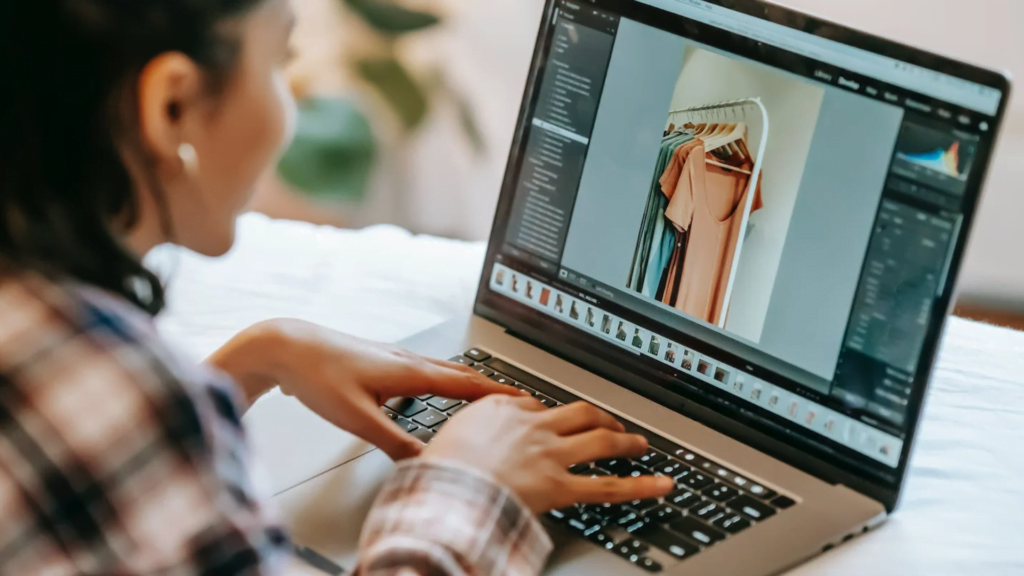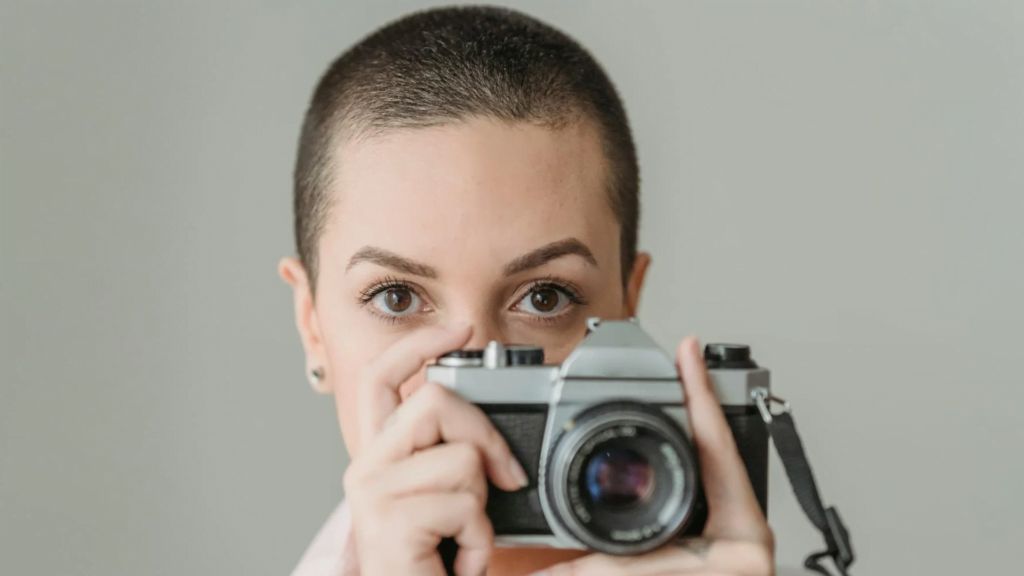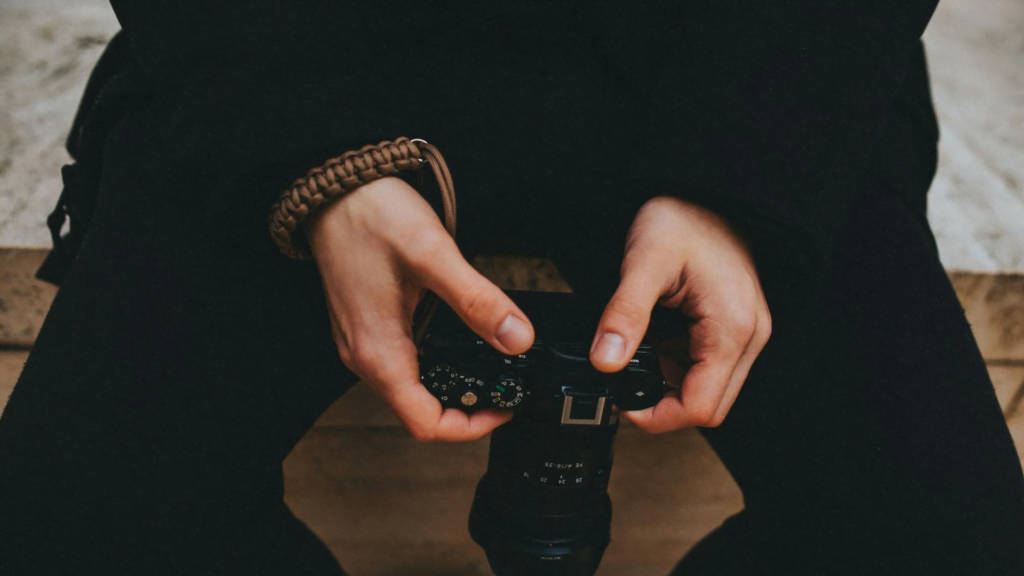How to Become a Professional Photographer: Learn essential skills, get pro tips, and kickstart your photography career now! Most people, with passion and diligence, definitely want to achieve it—becoming professional photographers without formal schooling. You do not have to earn a diploma from a prestigious photography school to become a successful and proficient photographer. However, several well-known photographers develop their art through self-instruction and practice, demonstrating that academic education is not the sole way to great success in this dynamic field.
Freedom to chart your unique journey is one of the primary benefits of forging a career in photography without educational training. With a non-academic curriculum, you can determine how closely your education will be geared toward meeting personal interests and ambitions. This facilitates a more natural and individual approach to skill development that ultimately produces a unique style of photography.
Through self-teaching, you can gain hands-on, real-life experiences crucial to developing photography skills. Whether an individual decides to try different photography techniques, work with other artists on projects, or establish a robust internet presence through self-directed learning, it can provide meaningful feedback and concrete skills that one can use in the profession.
Developing Basic Photography Skills
Photography is a technical aspect of creativity. However, anyone who wants to become a professional photographer must first learn photography skills. Here, we’ll investigate the key components of perfecting your photography skills: camera settings and control adjustments, composition techniques adopted, and working with natural light and artificial lighting elements.
Understanding Camera Settings
Knowing and understanding camera settings are a must-have when taking high-quality images. Experiment with the following tips to improve your understanding of camera settings:
- Learn the Exposure Triangle: Understand the relationship between aperture, shutter speed, and ISO to achieve the desired exposure for your shots.
- Practice Manual Mode: Experiment with manual mode to control your camera settings completely. Start with simple scenes and gradually progress to more complex compositions.
- Utilize Histograms: Familiarize yourself with histograms to ensure proper exposure and avoid overexposed or underexposed images.

Mastering Composition Techniques
Arranging the components in a photograph is referred to as composition. Knowing compositional elements can significantly improve the aesthetic value of your pictures. Here are some tips to improve your composition skills:
- Rule of Thirds: Utilize the rule of thirds to create visually balanced and engaging compositions.
- Experiment with Perspectives: Explore different angles and perspectives to add depth and dimension to your photographs.
- Negative Space: Embrace negative space to draw attention to the main subject and evoke emotional responses from viewers.
Learning to Work with Natural and Artificial Lighting
- Proper lighting creates high-quality photographs. Consider the following tips when working with natural and artificial lighting:
- Golden Hour Photography: Leverage the soft, warm light during the golden hours of sunrise and sunset to add a magical touch to your images.
- Understanding White Balance: Master white balance to ensure accurate color representation in varying lighting conditions.
- Artificial Lighting Techniques: Experiment with artificial lighting sources, such as off-camera flashes and continuous lights, to control and manipulate light for desired effects.
Remember that photography skills can be mastered with practice and experimentation. Take time to implement these approaches in various situations and settings to sharpen your skills and free your imagination.
Building a Diverse Portfolio
If we are talking about becoming a professional photographer without an academic degree, it is vital to compile a wide-ranging portfolio. It attracts a vast clientele base, showcasing your versatility in capturing different subjects and styles. Below are the key elements to consider when developing a diverse portfolio:
Embracing Versatility
Versatility in photography is an essential element that indicates your range and skill. Capturing the various subjects and styles, including portraits, landscapes, and still life, shows your versatility relative to moving from one environment to another while following a creative aspect. This enables prospects to picture your agility and level of performance in catering to their specific needs.
Capturing Portraits
By incorporating portrait photography from various angles, you can master capturing people’s nature and character. Whether it is formal headshots, environmental portraits, or candid shots, showing a range of portrait styles reflects your communication ability to work with and photograph individuals from all spectrums.
Showcasing Landscapes
By including landscape photography in your portfolio, you showcase your ability to capture the splendor of natural landscapes and urban settings. You demonstrate your ability to enchant different locations and interest customers by presenting multiple landscapes, from vast scenes to details.
Exploring Still Life
Adding still-life photography creates an additional dimension to your portfolio and demonstrates that you can arrange inanimate objects beautifully. Whichever category it falls into (product photography, food styling, or conceptual compositions), displaying the different types of still-life imagery is a way to demonstrate your creativity and attention.
The Significance of Versatility
However, a rich and varied portfolio would show your technical skills and attributes of adaptability and creativity. It showcases your abilities and attracts customers looking for photographers who can transform various matters, themes, or styles into dramatic pictures.

Studying Photography Techniques and Styles
Despite lacking a formal education, becoming a professional photographer is an ambitious dream that can be realized. A vital element of this pursuit is learning different photography methods and approaches. Analyzing and mimicking professional photographers, along with studying various genres of photography, allows beginner practitioners to acquire new skills while developing their vision.
Analyzing and Emulating Influential Photographers
It is like being taught by notable photographers. By looking closely at the composition, use of light, and storytelling details in these iconic photographs, photographers can find out what makes good photos, etc. This can be accomplished by depicting the techniques and styles of great photographers that tend to influence others.

Exploring Different Photography Genres
Constant experimentation with different photography styles can lead to precious experience and a deeper understanding of the medium. Landscape and portrait photography genres, macro or street, offer unique challenges and possibilities for expression. Through trial and error with various genres, emerging photographers can explore their options, broaden their perspectives, recognize what appeals to them best, and enhance competence under different conditions.
Aspiring photographers should treat studying photography styles and techniques as a recurring learning experience. Through diligent observation, practice, and creative experimentation, people can fashion their artistic identities and become professional photographers in rapidly changing conditions.
Developing Business and Marketing Skills
In the case of a self-educated photographer, there is a need to acquire sharp business and marketing skills. Most of the time, successful photography businesses require far more than technical skills behind a lens. Here are essential areas to focus on:
Creating a Strong Brand Identity
Brand identity development is necessary to differentiate in the highly competitive photography market. It includes establishing your style, values, and the story behind it. Use your logo, color scheme, and elements that represent your artistic style. Achieve the visibility and trust of potential clients, portraying a consistent brand image across your website and social media accounts.
Leveraging Social Media for Exposure
Use social media to advertise your interests and reach a larger audience. These include sites like Facebook, Twitter, or Instagram, where you can share your portfolio with potential clients and connect with other photographers. By sharing inspiring ideas instantly and interacting with your followers, you can develop a distinguished online platform, which will, in return, help increase visibility among potential business partners.
Understanding Client Management and Communication
In client management, practical communication skills are essential for long-term and repeat business. This entails actively listening to the client’s needs, clearly articulating your services, and understanding what they envision for you to deliver top results. Transcending beyond a client-centric culture and furnishing continuity from the initial question to culminating in the final delivery of photographs helps immensely with your professional standing.
By developing these business and marketing skills, future photographers can prepare themselves for a career in photography despite no formal education.
Building a Network and Seeking Mentorship
Networking and mentorship built as a practice to become a professional photographer without training can impact your career immensely. Here are key strategies to consider:
Attending Workshops, Meetups, and Photography Events
Photography workshops, meetups, and events offer a great chance to connect with individuals who share your interests, network, and learn from other photographers. Such meetings usually involve dialogue, photo walks, and practical sessions that allow participants to improve multiple skills and establish links.

Seeking Mentorship and Guidance
It may be beneficial to find a mentor in the photographic community. A mentor will give you personalized advice, critique your work, and share the knowledge they have acquired from their experience. They can accompany you in the different facets of the industry, such as technical skills and career progression, assisting you through hurdles to arrive at better choices.
Through active involvement in workshops and engagement with mentorship, you can leverage networking to leverage the knowledge of seasoned professionals—something likely to bring positive growth for a self-taught photographer.
Creating a Sustainable Income as a Photographer
When discussing a photographer’s income without formal education, taking advantage of freelance work should be considered. You can leverage platforms such as Upwork, Fiverr, or even social networks to offer your photography services, including photos for events and product shots. Not only does this means of earning showcase your skills, but it also enables you to set fees and workload, providing an opportunity to pursue other projects simultaneously without employment.
Exploring Freelance Opportunities
Freelancing in the photo industry provides various opportunities, such as covering events, doing portrait sessions, product shoots, and editing. By adopting the gig economy, you can use your creativity and technical skills to appeal to clients by their unique style and vision. Platforms such as Upwork and Fiverr offer an excellent atmosphere where you can display your portfolio, present services to frequent clients, and create a steady client base.
Monetizing Photography through Prints and Licensing
Alternatively, a self-taught photographer can generate income by selling prints of the work and licensing images. You can achieve a larger market of art patrons by selling print versions through your website or such sites as Etsy to those who enjoy the visual storytelling provided in them. Similarly, licensing your photographs for commercial or editorial use can lead to passive income, as businesses and publishers always need good images that help them improve their branding messages.

Embracing Continuous Learning and Adaptation
In the dynamic area of photography, lifelong education, and adjustment are significant in becoming a professional photographer without higher education. Photographers can stay ahead in this competitive industry by improving their skills and adapting to technological changes.
Engaging in Ongoing Skill Enhancement
Skill-building should be a continuous activity for any photographer aspiring to build a professional career. This means actively seeking opportunities to learn new techniques, try different approaches, and improve on what they already have. Whether in workshops, online tutorials, mentorship programs, or others, continuous learning helps to encourage creativity, expand the knowledge base, and improve the quality of work.
More importantly, keeping up with current industry trends and changing techniques in photography is necessary. Through participation in industry events, following key creatives, and joining community forums, photographers may understand what new trends and correct practices appear. Lifelong learning sharpens technical skills and deepens understanding of photography’s art and business.

Adapting to Technological Innovations
There is an ongoing technological revolution in how technology influences photography’s practice and consumption. Aspiring photographers must embrace these innovations to enhance their relevance and viability in the market. From embracing newer editing software to perfecting the use of state-of-the-art cameras, technological advancements are inevitable.
Additionally, knowing where photography meets technology creates options for originality and innovation. Dabbling in drones, virtual reality, or augmented reality can make a photographer stand out and provide views to clients and audiences. Accepting technological changes improves a person’s qualifications and enlarges the world of possibilities in art.
Developing skills and staying updated with technology ensures success for photographers beyond formal education.
Navigating Rejection and Cultivating Resilience
Self-taught photographers often face the challenge of rejection; however, one should be prepared to overcome these issues. Learn to use failure and rejection as motivation for growth and development.
Developing Resilience in the Face of Challenges
Resilience is developed through a mindset that enables individuals to recover from shortfalls. It’s normal to face rejection and tests while on your path. See it as a chance to learn.
Strategies for developing resilience include:
- Mindset Shift: Cultivate a positive outlook by reframing rejection as a stepping stone toward improvement rather than a personal failure.
- Seek Support: Surround yourself with fellow photographers or mentors who can provide encouragement and constructive feedback.
- Self-Compassion: Be kind to yourself in the face of rejection, understanding that setbacks are a part of the learning process.

Turning Rejection into Motivation
Instead of making rejection pointless, use it as motivation to enhance and develop your abilities. Accepting rejection as an agent of progress can lead you to become a professional photographer.
Ways to turn rejection into motivation:
- Learn from Feedback: Use constructive criticism to identify areas of improvement and refine your craft.
- Set New Goals: Channel the energy from rejection into setting new, achievable goals that propel you towards success.
- Celebrate Progress: Acknowledge and celebrate your progress, regardless of the rejections encountered along the way.
Self-taught photographers can overcome rejection and setbacks by developing resilience and a growth mindset, which can lead to professional success.
Conclusion
It is possible to become a professional photographer without an education. Photography enthusiasts can improve their skills through self-learning and using various online sources. The secret is persistence, practice, and creativity. This course leads to an attractive occupation and allows individuality in creating art. Indeed, the trip into professional photography in today’s digital world is here for those ready to take it!




7 Comments
William Clark
To become a professional photographer without attending school, focus on honing your skills through practice, online resources, and workshops.
Shery Turner
Success in photography is achievable through dedication and persistence. Go out there and capture your dreams!
Set Mitchell
Build a strong portfolio showcasing your work and create a niche for yourself in the industry. Network with other photographers and potential clients to gain exposure and opportunities.
Dorothy Finley
To become a professional photographer without attending school, focus on honing your skills through practice, online resources, and workshops. Build a strong portfolio showcasing your work and create a niche for yourself in the industry.